Disclosure: This article contains affiliate links. We may earn a commission from purchases at no extra cost to you, which helps our travel content.
When Rahul suggested taking our three children to Tonga's Ha'apai Islands, I initially balked at the logistics. Remote islands with limited infrastructure and three kids under 10? But having navigated everywhere from Mumbai's chaotic streets to East African safaris with our brood, I knew the most memorable family adventures often hide in these less-traveled corners. After two weeks in Pangai and exploring the Ha'apai island group during Tonga's winter season (June-August), I can confidently say this Pacific paradise offers the perfect blend of adventure and tranquility for families willing to step slightly outside their comfort zone. With whale season in full swing, pristine beaches empty of tourists, and a pace of life that forces even the most scheduled family to slow down, Ha'apai delivered exactly what our constantly-moving family needed – genuine connection with each other and a rapidly disappearing way of island life.
Getting There: The Journey to Paradise (and Why It's Worth It)
Let me be upfront – reaching Ha'apai isn't as simple as your typical family holiday. After landing in Tonga's main island of Tongatapu, you'll need to catch a small domestic flight to Pangai on Lifuka Island, the main hub of the Ha'apai group. These flights run only a few times weekly through Real Tonga airline, and scheduling can be, shall we say, flexible.
When traveling with kids, I recommend building buffer days into your itinerary. We learned this lesson the hard way when our flight was postponed 24 hours due to maintenance issues, leaving us scrambling for an extra night's accommodation in Nuku'alofa. The silver lining? An unexpected opportunity to visit the impressive Royal Palace and Talamahu Market, where my children practiced their budgeting skills with the Tongan pa'anga I'd allocated as their trip allowance.
The 45-minute flight itself offers spectacular aerial views of Tonga's scattered islands. I suggest requesting seats on the left side of the plane when flying to Ha'apai for the best vistas. Our three kids were mesmerized by the patchwork of blue hues and tiny uninhabited islands dotting the ocean below.
Pro tip: Pack your motion sickness bands for both the flight and subsequent boat trips between islands. These drug-free bands were lifesavers for our middle child who tends toward queasiness, working wonderfully without causing drowsiness.
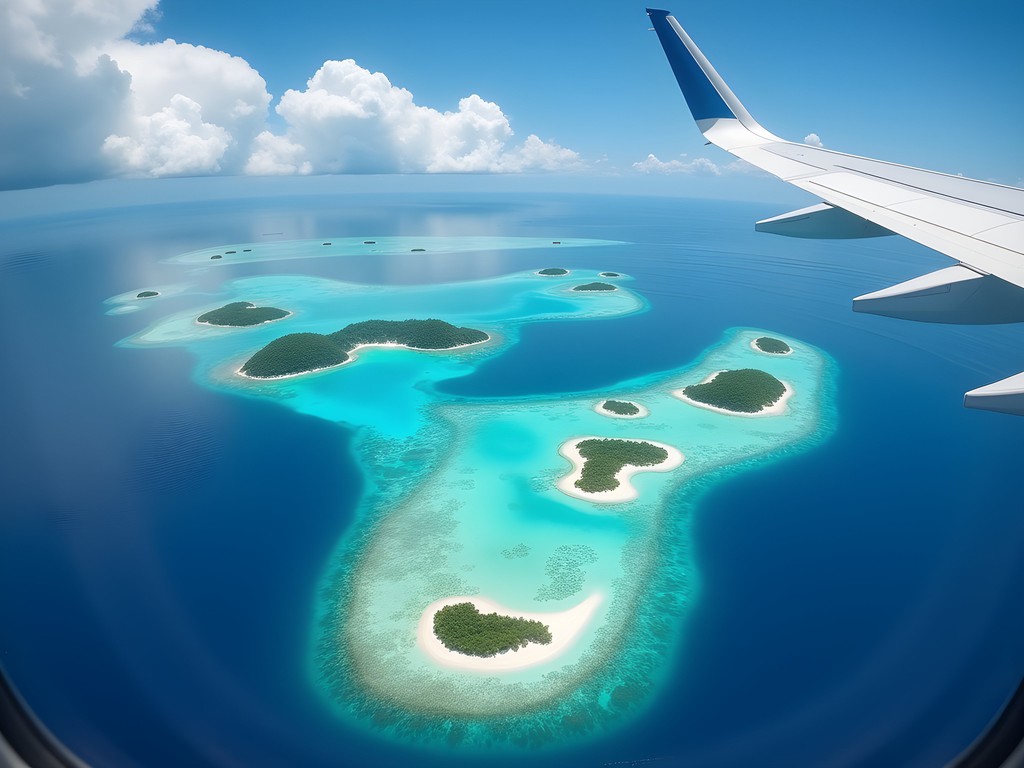
💡 Pro Tips
- Book flights well in advance as seats fill quickly during whale season (July-October)
- Build at least one buffer day into your schedule to account for Tonga's relaxed approach to timetables
- Bring plenty of snacks for the journey – airport food options are extremely limited
Family-Friendly Accommodation: Balancing Budget and Comfort
Accommodation in Ha'apai ranges from basic fales (traditional Tongan beach huts) to a handful of mid-range resorts. For our family of five, I carefully analyzed the cost-benefit ratio of each option, eventually settling on a split stay: four nights at a family-run guesthouse in Pangai town followed by a splurge at one of the beachfront resorts.
Pangai itself is a sleepy town with limited facilities but authentic charm. Lindsay's Guesthouse offered us two adjoining rooms with shared bathroom facilities at approximately 120 pa'anga (US$50) per night – an absolute bargain by Pacific standards. The true value came from the cultural immersion; our host family included us in their Sunday umu feast (traditional underground cooking) and taught our children to weave simple baskets from palm fronds.
For the second portion of our stay, we moved to Matafonua Lodge on the northern tip of Foa Island. While significantly pricier at around US$250 per night for a family fale, this investment delivered tremendous value through included activities, phenomenal snorkeling directly off their beach, and the convenience of onsite meals. The lodge's conservation focus also provided educational opportunities as my children participated in their coral restoration project.
For families with younger children, I'd recommend bringing your own travel cot. Most accommodations don't provide cribs, and this lightweight option doubled as a safe play space during downtime. It packs down surprisingly small and fit easily within our luggage allowance.
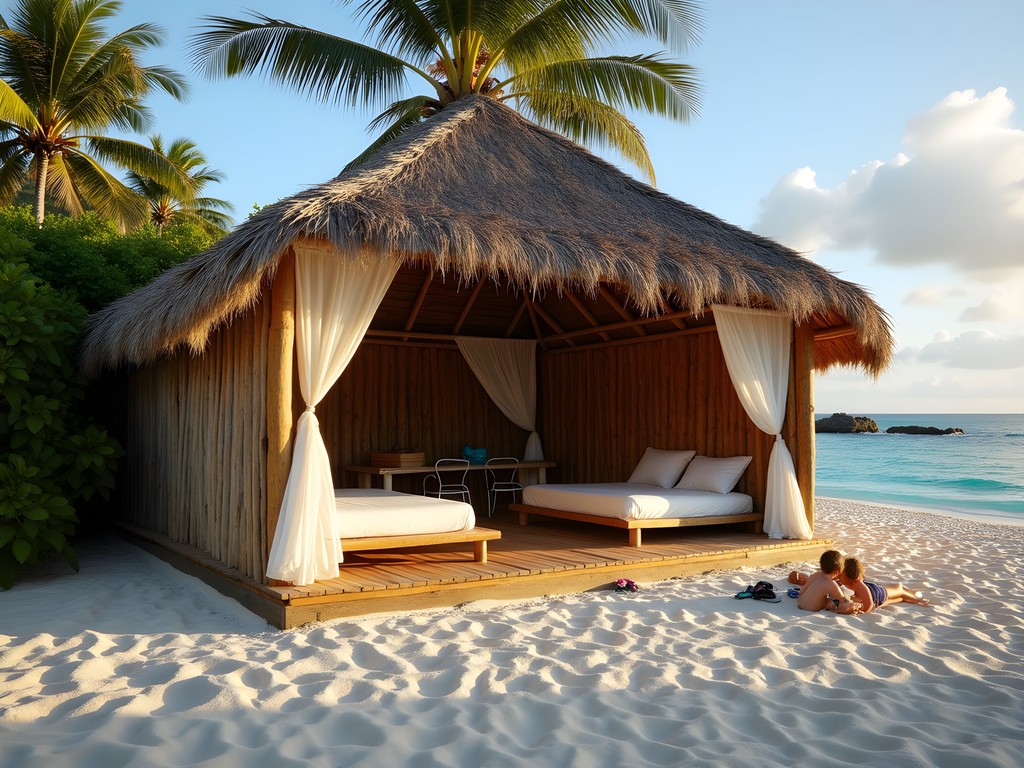
💡 Pro Tips
- Request rooms with fans as electricity can be intermittent and air conditioning rare
- Book accommodations that include breakfast to simplify morning routines
- Pack your own beach toys – these aren't available for purchase locally
Swimming with Gentle Giants: The Whale Experience
The primary draw for our winter visit to Ha'apai was the opportunity to swim with humpback whales – an experience that topped even my Māori father's most magical hunting stories. Tonga is one of the few places globally where you can legally swim with these magnificent creatures, and Ha'apai's smaller visitor numbers mean more intimate encounters than the more popular Vava'u island group.
Is whale swimming appropriate for children? This was my biggest concern, but after extensive research and speaking with operators, we decided our older two (ages 7 and 9) were ready while our 4-year-old would remain on the boat with Rahul taking turns. Most operators recommend children be at least 8 years old and strong swimmers, though policies vary.
We chose Ha'apai Whale and Sail for their excellent safety record and smaller group sizes (maximum 6 swimmers plus guide). At 2,500 pa'anga (approximately US$1,050) for our family's private half-day excursion, this was undoubtedly our biggest splurge, but the value transcended monetary calculation. Watching my daughter Aria's face as a mother whale and calf glided beneath us – close enough to see the barnacles yet maintaining a respectful distance – was simply priceless.
For whale swimming, I highly recommend investing in a quality full-face snorkel mask for each family member. These eliminate the common problems children have with traditional snorkels and allow them to breathe normally while keeping their face in the water. The panoramic view is also superior for spotting whales in the distance.
While whale encounters can never be guaranteed, Ha'apai's success rate during peak season (July-September) is impressive. We were fortunate to have meaningful encounters on both our excursions, though the weather conditions were quite different. If your budget allows, I recommend booking two trips to increase your chances of ideal conditions.
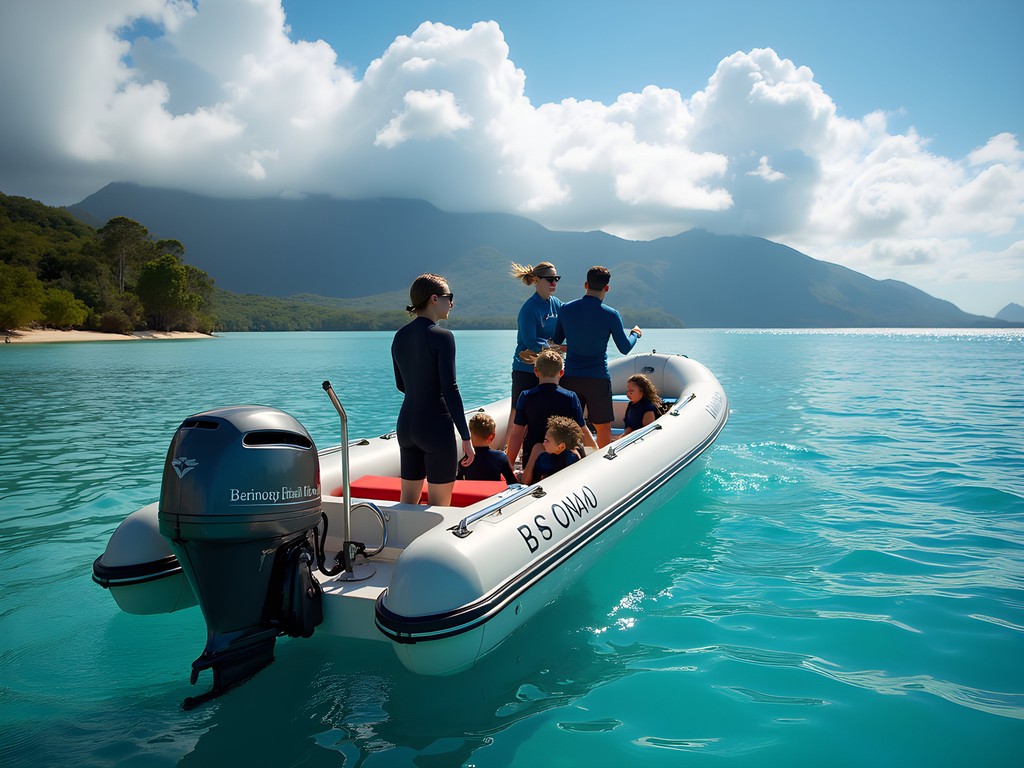
💡 Pro Tips
- Book whale excursions months in advance as spaces fill quickly
- Practice snorkeling with children in shallow water before attempting whale swims
- Bring underwater cameras but focus on the experience rather than perfect photos
Island Food: Budgeting and Cultural Experiences
Food in Ha'apai presents both challenges and delights for families. As a budget analyst constantly tracking our travel expenses, I was initially concerned about the limited options and potentially high costs of feeding three growing children on remote islands. However, with strategic planning, we managed to keep our food budget reasonable while enjoying authentic Tongan cuisine.
Pangai has several small shops selling basic groceries, though selection is limited and prices reflect the remoteness. We brought staples like peanut butter, granola bars, and reusable food pouches filled with applesauce from the main island. My portable water filter also proved invaluable, saving us hundreds of pa'anga on bottled water while reducing plastic waste.
The most memorable meals came through cultural exchanges. When our guesthouse hosts invited us to their Sunday feast, we experienced the traditional umu – food cooked in an underground oven. My children were fascinated by the process, helping to wrap taro leaves around meat and watching as hot rocks were carefully arranged. The resulting meal of suckling pig, fresh fish, and various root vegetables was not only delicious but provided a natural opportunity to discuss food traditions across cultures.
Drawing on my Māori hunting background and Rahul's culinary expertise, we arranged a fishing excursion with a local guide. The children helped clean our catch under his patient instruction, and we prepared a simple beachside meal using traditional methods. This hands-on experience reinforced our family value of understanding where food comes from – something increasingly important to teach in today's pre-packaged world.
At Matafonua Lodge, meals were included in our package, offering fresh, family-friendly options with sufficient portions even for our always-hungry brood. The staff thoughtfully accommodated our youngest son's food sensitivities without fuss.
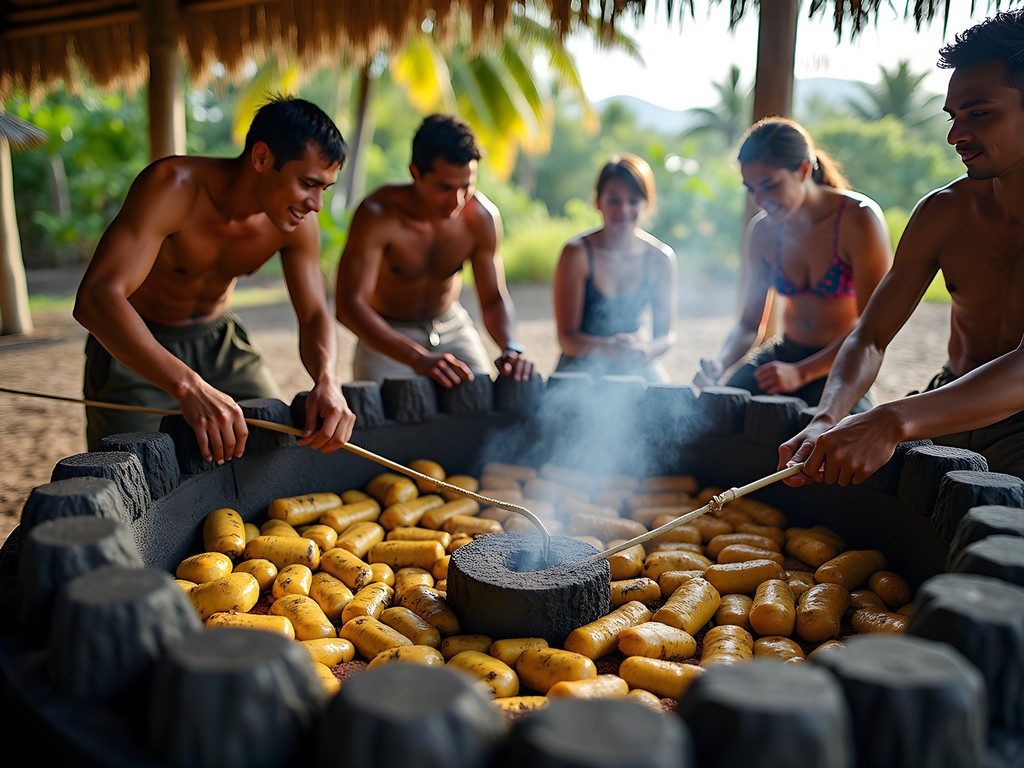
💡 Pro Tips
- Visit the small market in Pangai on Monday and Friday mornings for the freshest produce
- Bring zip-lock bags and containers to store leftovers in your accommodation fridge
- Learn basic Tongan phrases related to food – locals appreciate the effort and may share special dishes
Island Exploration and Cultural Immersion
Ha'apai consists of 62 islands, though only 17 are inhabited. This geographic diversity offers endless exploration opportunities, but requires thoughtful planning with children. Rather than attempting to see everything, we focused on quality experiences on a few accessible islands.
Renting bicycles proved perfect for exploring Lifuka and Foa islands, which are connected by a causeway. At 15 pa'anga (US$6) per day per bike plus a child seat, this was both economical and environmentally friendly. The minimal traffic and flat terrain made cycling safe even with our youngest strapped to my bike. We packed daily adventure bags with snacks, water, first aid supplies, and our trusty portable beach shelter which provided essential sun protection during impromptu beach stops.
For more distant islands, we joined small boat excursions arranged through our accommodation. The uninhabited island of Uoleva became our favorite, with its pristine beaches and excellent snorkeling. My children spotted octopus, reef sharks, and countless colorful fish just meters from shore. These half-day excursions typically cost around 200-300 pa'anga (US$80-120) for our family.
Cultural immersion happened naturally through daily interactions. We visited the local primary school (bringing requested supplies like pencils and notebooks) where our children participated in traditional dance lessons. The Sunday church service in Pangai was another highlight – the a cappella hymns sung in perfect harmony moved me to tears, while my usually fidgety children sat in rare stillness, transfixed by the music.
The most meaningful connection came through a traditional Tongan cooking class I arranged with a local woman named Mele. For 50 pa'anga per person (children half-price), she taught us to prepare lu pulu (corned beef in taro leaves), fresh coconut bread, and other specialties. My children's participation in food preparation – a cornerstone of our family travels – created natural opportunities for cultural exchange as they compared techniques with those they've learned in India and New Zealand.
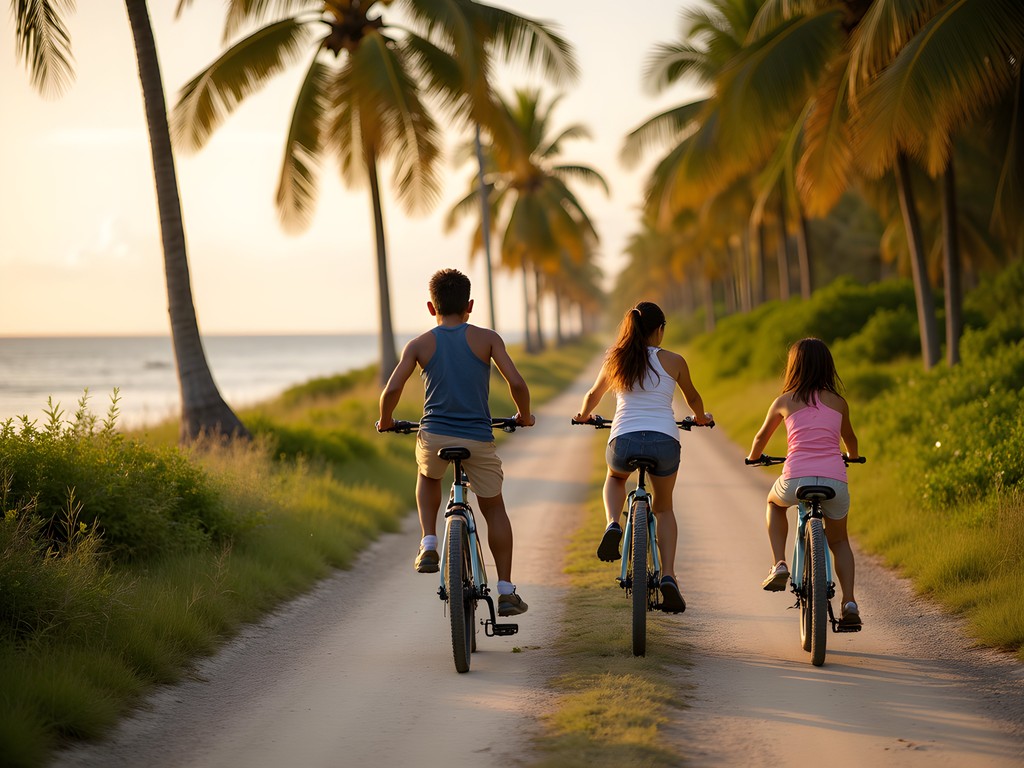
💡 Pro Tips
- Always ask permission before photographing locals, especially during church services
- Bring small gifts from your home country to thank those who share their culture with you
- Remember that Sundays in Tonga are strictly observed as days of rest – plan accordingly with food and activities
Managing the Practical Challenges
While Ha'apai offers extraordinary experiences, it presents unique challenges for families accustomed to more developed destinations. Understanding these realities beforehand is essential for a successful trip.
Healthcare facilities are extremely limited – the small hospital in Pangai handles only basic care. We traveled with an extensive first aid kit including prescription antibiotics, anti-diarrheal medication, and strong reef-safe coral-safe sunscreen that protected even my children's sensitive skin during long days in the intense tropical sun.
Internet connectivity is sporadic at best. While this digital detox proved ultimately beneficial for our family connections, it required advance preparation. I downloaded offline maps, translation apps, and children's educational games before arrival. Most accommodations offer limited WiFi for essential communications, though connection speeds test one's patience.
The tropical climate demands respect. We established a family routine of indoor activities during the peak heat hours (11am-2pm) and scheduled beach time for early morning and late afternoon. Our accommodations' lack of air conditioning meant adapting sleep schedules to the natural rhythms of daylight.
Buggy, our 4-year-old, struggled initially with the limited entertainment options compared to our home in Mumbai. We created a special travel journal where he could draw daily discoveries, collect pressed flowers, and track animal sightings. This simple activity became his favorite evening ritual and now serves as our most cherished souvenir.
Finally, as a budget-conscious family, I maintained our trip spreadsheet meticulously, tracking every expense in Tongan pa'anga and converting to our home currency. This practice not only kept us within budget but became an educational tool as our older children helped calculate exchange rates and learned about value versus cost – particularly important lessons in a place where the richest experiences (watching sunset from an empty beach, listening to village elders' stories) came with no price tag at all.
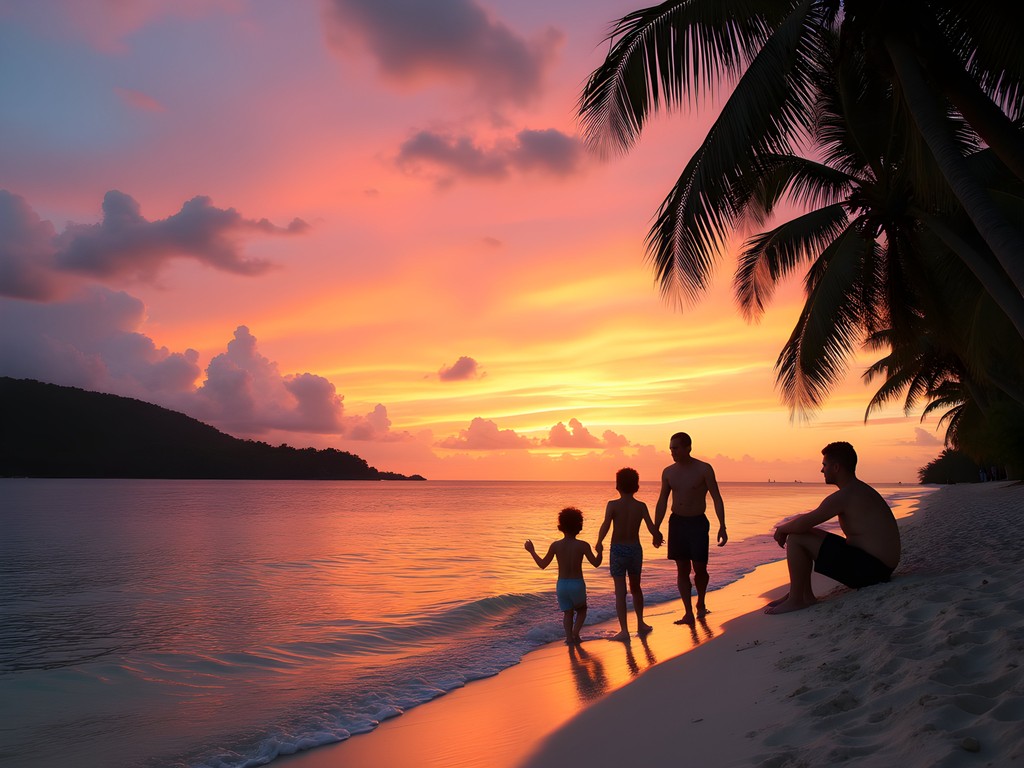
💡 Pro Tips
- Pack twice as much sunscreen and insect repellent as you think you'll need – both are expensive and limited locally
- Bring activities for children that don't require electricity or internet
- Exchange money on the main island before flying to Ha'apai as banking facilities are limited
Final Thoughts
As our small plane lifted off from Ha'apai's modest airstrip, my children pressed their faces against the windows for a final glimpse of the islands that had become our temporary home. Aria clutched her journal filled with pressed hibiscus flowers and whale drawings, while Rohan wore the shell necklace gifted by our fishing guide. Even our youngest, typically oblivious to departures, seemed to understand the significance of what we were leaving behind.
Ha'apai isn't the easiest family destination. It demands flexibility, advance planning, and a willingness to step outside conventional comfort zones. Yet the rewards – swimming alongside gentle humpback whales, forming genuine connections with local families, and experiencing a rapidly disappearing way of island life – create the kind of deep family memories that no theme park or resort could ever match.
As we navigate raising third-culture children between New Zealand and India, these shared adventures in places like Ha'apai provide our family's true north – experiences that ground us in what matters most: connection, respect for different ways of living, and the precious gift of undistracted time together.
✨ Key Takeaways
- Ha'apai offers authentic Polynesian experiences without the commercialization of better-known Pacific destinations
- Winter (June-September) provides ideal whale watching opportunities while avoiding the November-April cyclone season
- Splitting accommodation between budget guesthouses and mid-range resorts creates the perfect balance of cultural immersion and comfort
- The logistical challenges of reaching and navigating Ha'apai are richly rewarded with uncrowded experiences and genuine cultural exchange
📋 Practical Information
Best Time to Visit
June-September (whale season)
Budget Estimate
$2,500-3,500 USD per week for a family of 4-5
Recommended Duration
10-14 days
Difficulty Level
Advanced
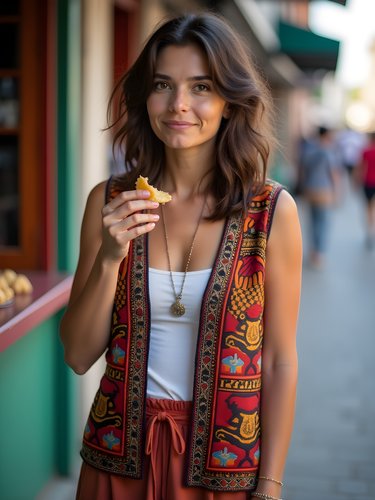
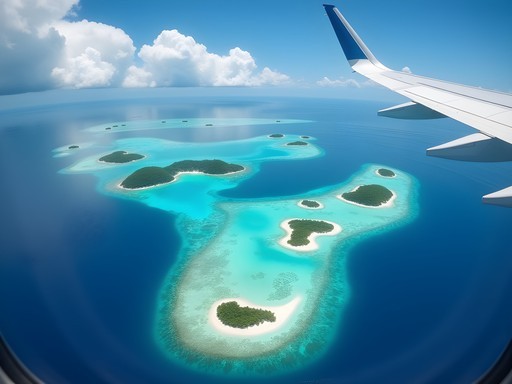
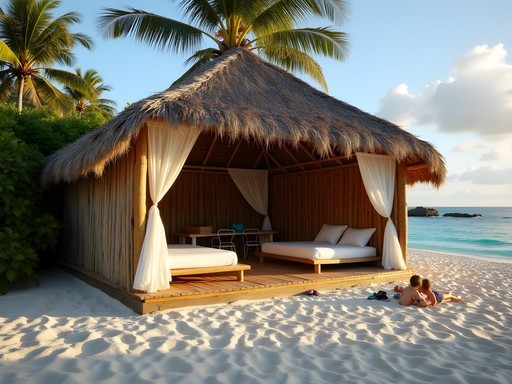
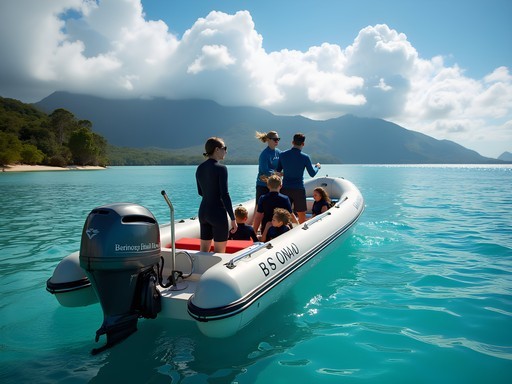
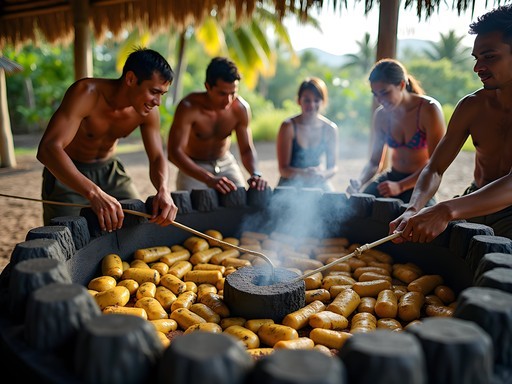
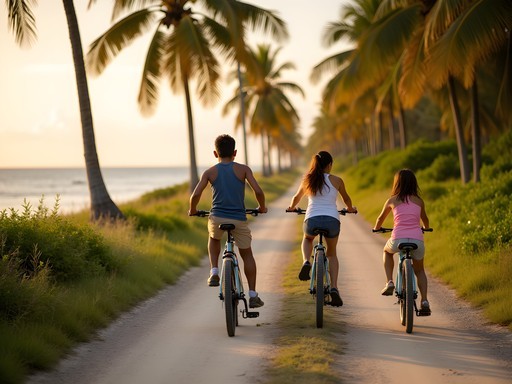
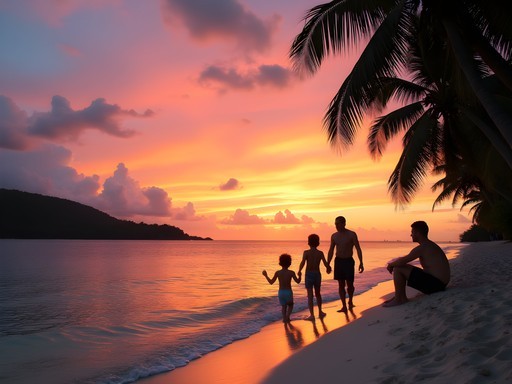


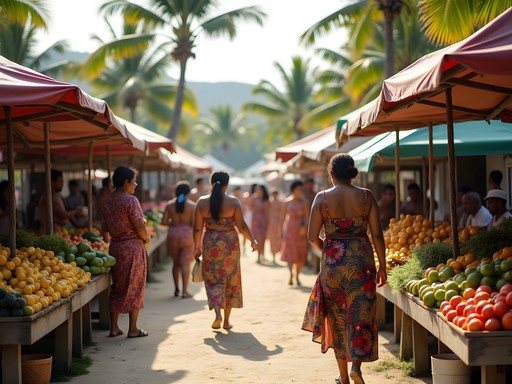
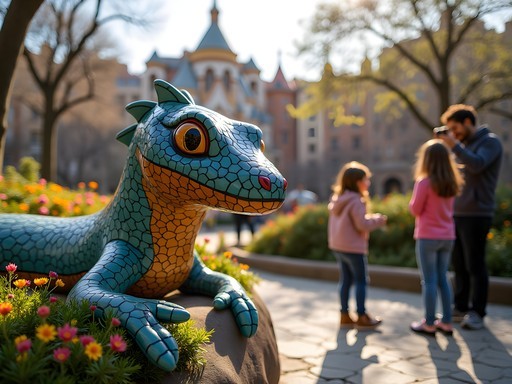
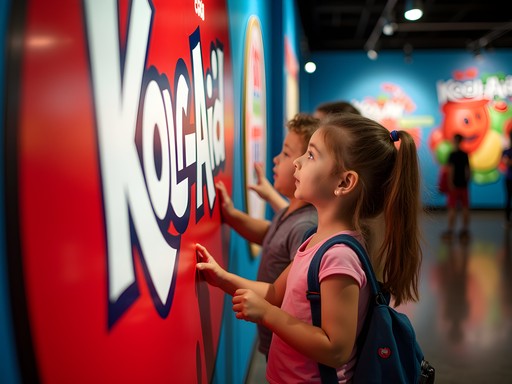
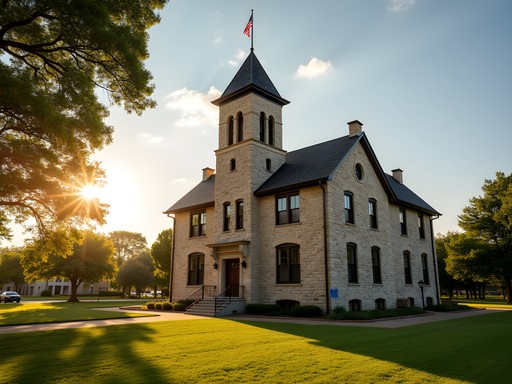

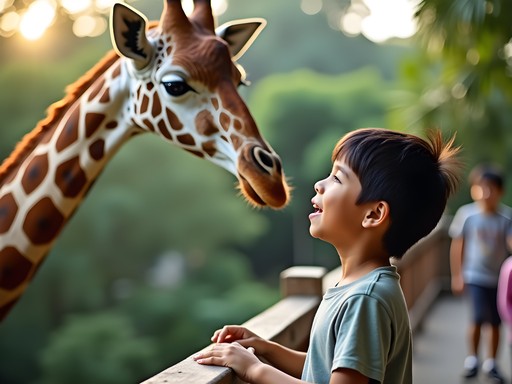

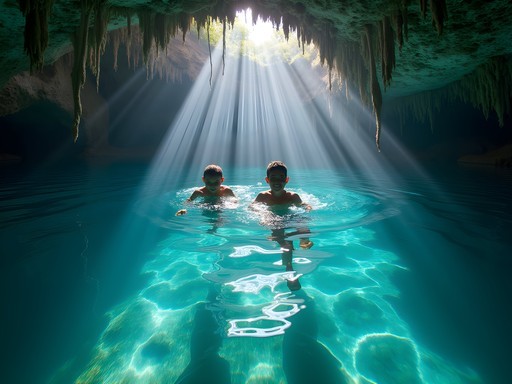
Comments
starnomad
You've convinced me! Just booked tickets for our family next July during whale season. Any recommendations for keeping kids entertained during downtime on the islands? We have twin 8-year-olds with endless energy!
journeyguy
Not Nicole, but we brought inflatable paddleboards which were a huge hit with our kids. The lagoons are perfect for beginners. Also, simple beach toys go a long way - our kids spent hours building elaborate sand villages with the local children despite the language barrier!
Nicole Mohamed
Great advice from @journeyguy! We also brought a few card games, and surprisingly, our kids loved helping collect fallen coconuts and learning how to husk them from the resort staff. The local kids are incredibly friendly - my children made instant friends at the beach. July is perfect timing for whales!
WanderlustFamily
For anyone planning this trip - we did something similar last year and found that bringing inflatable beach toys was a game changer for the kids during downtime. They barely weigh anything in your luggage but provided hours of entertainment!
Nicole Mohamed
Great tip! We did the same thing with a few inflatable toys and a portable pump. The locals kids loved joining in too!
Hunter Thompson
Just got back from Tonga myself (though solo, not with kids) and Ha'apai was the highlight! For families considering the trip, I'd add that bringing a good waterproof camera is essential for those whale encounters. Nicole, your food budgeting section is spot on - I'd also suggest bringing some familiar snacks for picky eaters as options can be limited. The local markets in Pangai on delivery days (usually Tuesday/Friday when I was there) are your best bet for fresh fruit. Did your kids try the coconut bread? It was my daily breakfast!
oceanclimber
Planning to take our 4-year-old next season. How was the flight from Tongatapu to Ha'apai for your little ones? My daughter gets nervous on small planes.
Nicole Mohamed
The flight is only about 40 minutes and honestly, my 5-year-old was so excited looking out the window he forgot to be scared! I'd recommend an early morning flight - calmer air and the views are spectacular. Bring some favorite snacks and maybe a new small toy as a distraction for takeoff.
oceanclimber
That's really reassuring, thanks! Did you book the whale swim in advance or after arriving?
Nicole Mohamed
Definitely book in advance - the reputable operators fill up quickly, especially if you want a family-friendly experience. We used Ha'apai Whale Watch and they were amazing with the kids, very safety conscious.
oceangal
Those whale photos are incredible! What an amazing experience for your children.
journeyguy
This brings back memories! We took our two kids (7 and 9) to Ha'apai last year and had similar concerns about the remoteness. The whale experience was absolutely worth every bit of travel hassle though. Our kids still talk about it constantly. Did you stay at Sandy Beach Resort? We found it had the best balance of kid-friendly amenities while still feeling authentic. The staff there treated our children like family.
Nicole Mohamed
Yes! Sandy Beach was our home base too. Their family bungalows were perfect for us. And I agree - the staff made such a difference with the kids. Did you try the island night dinner? My picky eaters surprised me by trying everything!
journeyguy
The island night was a highlight! My daughter even got up to try dancing with the performers. Did you manage to visit any of the outer islands? We did a day trip to Uoleva which was stunning but the boat ride was a bit rough for the kids.
FamilyAdventures
That shot of your kids with the whale in the background is incredible! What camera did you use?
Nicole Mohamed
Thank you! That was actually taken with an Olympus Tough underwater camera - nothing fancy but it's completely waterproof and the kids could use it too!
travelpro
Did this trip last year with our twins. Pro tip: pack twice as many swimsuits as you think you need! With all the beach time they never fully dried out.
Nicole Mohamed
YES! Great tip. We were constantly hanging wet swimwear.
freechamp
So true! I bring those quick-dry microfiber towels everywhere now too.
wanderlustrider
Those beaches look incredible! Adding this to my bucket list!
BackpackerBen
Just got back from Ha'apai last month (though without kids) and can confirm everything Nicole says about the journey being worth it! The inter-island ferry was an adventure in itself. We stayed at a budget guesthouse in Pangai that was basic but clean. The whale swimming was the highlight - we saw a mother and calf on our second day out. One tip: bring more cash than you think you'll need as ATMs can be unreliable and many places don't take cards.
sunnydiver
Thanks for the cash tip! Was planning to rely on cards.
Nicole Mohamed
BackpackerBen is absolutely right about the cash situation! We made that mistake initially. Which guesthouse did you stay at?
BackpackerBen
We stayed at Taiana's Place - super simple but the family who runs it was wonderful. They cooked dinner for us most nights!
Venture X
Premium card with 2X miles, $300 travel credit, Priority Pass